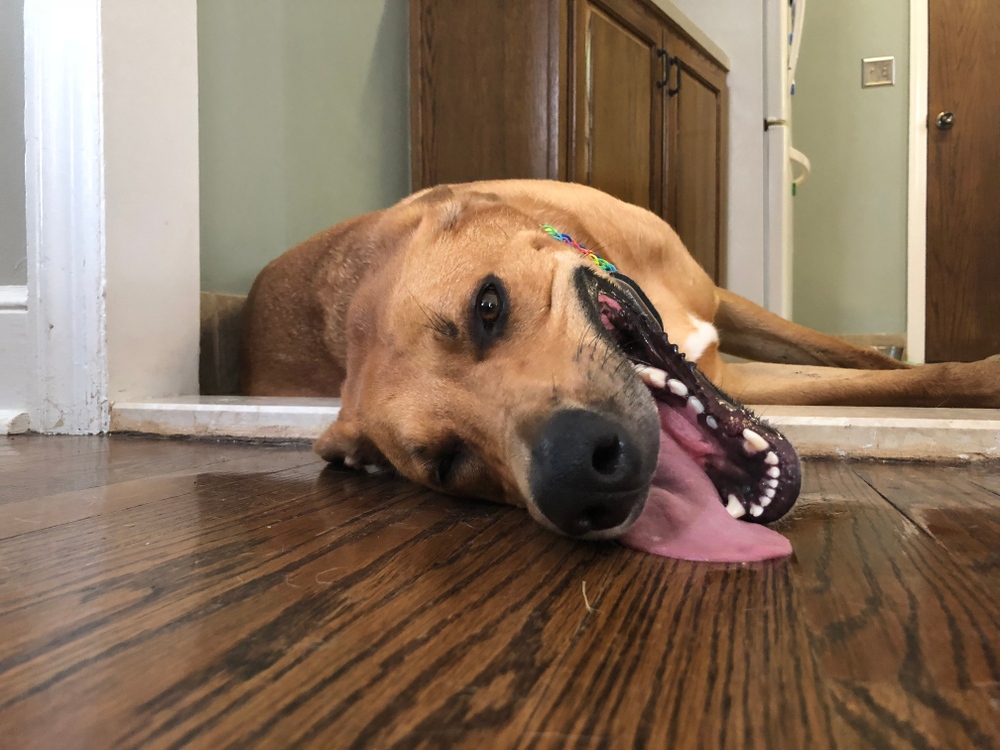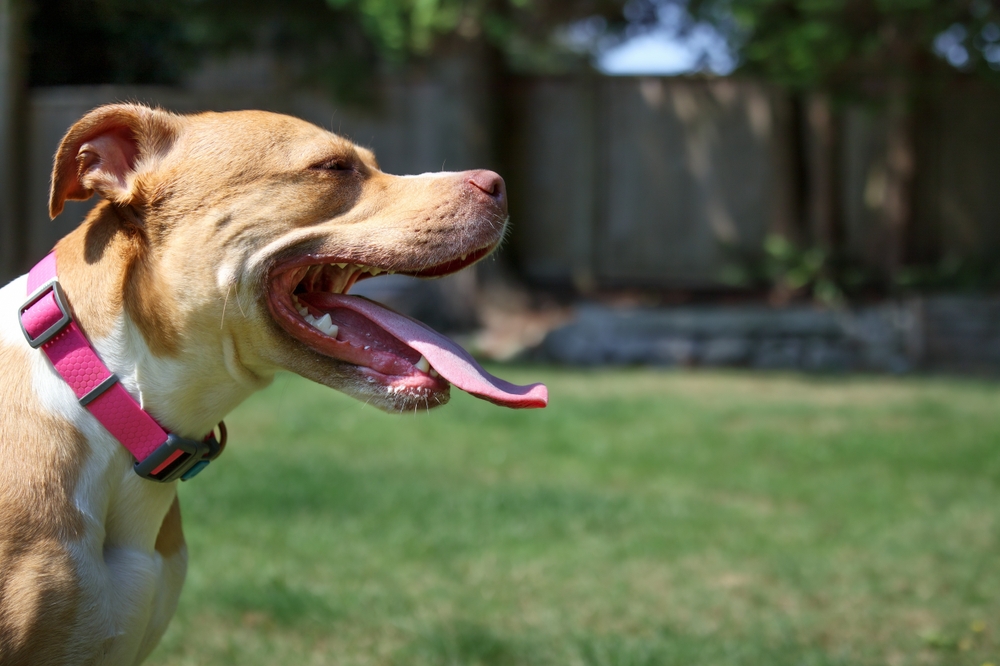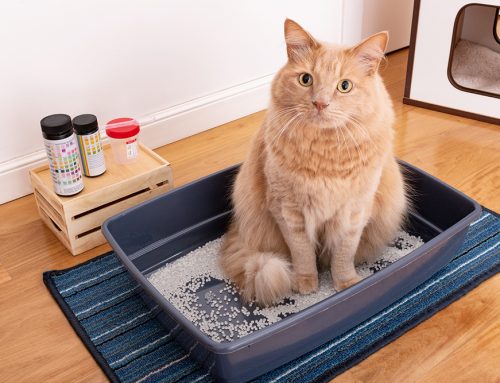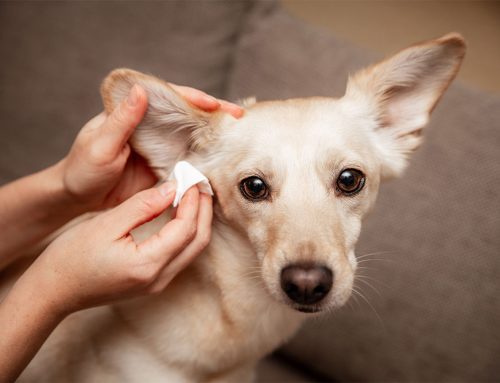As a dog owner, you know your dog pants more after a long walk, run, or during hot weather. Panting is a crucial physiological mechanism in dogs that allows them to cool down and regulate their internal body temperature. However, panting may be a normal behavior, but excessive panting can sometimes indicate a medical problem. Our South Austin veterinarian and Oliver Animal Hospital team help you understand why your four-legged friend pants and when they require a veterinary visit.
Why do dogs pant? The primary reason
Dogs use panting as a primary method of thermoregulation to maintain their body temperature, since they have a limited number of sweat glands, which are primarily located in their paw pads. When your dog pants, they rapidly breathe in through their nose and out through their mouth, which allows air to flow over the moist surfaces of the tongue, mouth, and upper respiratory tract. This process facilitates moisture evaporation, which helps to dissipate heat. The air passes over the wet surfaces, cools the blood vessels in your dog’s tongue and mouth, and lowers their body temperature.
Why do dogs pant? More reasons
While thermoregulation is panting’s primary function, dogs also will often pant in these situations:
- Following exercise — Physical activity obviously causes dogs to pant, but they should stop quickly.
- When excitement is in the air — Dogs often pant when they are excited, such as seeing another dog they like, or knowing they will be joining you on a car ride. They pant to meet their body’s increased oxygen demands and lower their body temperature.
- When stressed or anxious — Panting can result from stress, anxiety, or fear. For example, your dog may pant more than usual during thunderstorms, fireworks, and veterinary visits.
- When they are in pain — Your furry friend may pant when they are uncomfortable or in pain because of an injury, illness, or other health issue. Chronic conditions (e.g., arthritis) that cause ongoing pain or discomfort can be managed through medications and other treatments to stop the panting.
- Other health conditions — Dogs with certain conditions, such as respiratory or cardiovascular issues, may pant excessively. For example, heart disease, lung disease, or Cushing’s disease can cause increased panting.
When is dog panting a concern?

Panting is often expected, such as after exercising and in hot weather, but at times can indicate a more serious issue. The following signs along with panting may indicate that may accompany that your dog warrants a veterinary visit with our South Austin veterinarian:
- Excessive panting — If your furry pal is panting more than usual and their panting is not related to exercise, heat, or excitement, an underlying disease or poisoning from ingesting a toxic substance could be the problem.
- Labored breathing — Panting accompanied by labored or difficult breathing can indicate your dog is in respiratory distress. Difficulty breathing can result from asthma, pneumonia, brachycephalic obstructive airway syndrome (BOAS), or a foreign body lodged in the airway. Any breathing problem requires immediate attention.
- Unusual panting — If your dog’s panting seems unusual (e.g., panting at odd times, such as when they are resting) or if the panting is loud and harsh, they should be examined by our team. Intermittent panting or strange panting patterns can be because of disease or another condition.
- Persistent panting — If your dog’s panting does not subside or persists for a long time after your pet has cooled down and is resting, another health issue that needs urgent attention may have arisen.
- Heatstroke — Excessive panting in hot weather can signify heatstroke, a severe, potentially fatal, condition that requires immediate veterinary care. Other heatstroke signs in dogs include drooling, weakness, red tongue and gums, disorientation, and collapse.
- More problems with panting — Panting accompanied by other health signs, such as coughing, lethargy, vomiting, diarrhea, or appetite changes, should always be evaluated promptly.
Panting is a natural and normal behavior in dogs that is primarily used to regulate body temperature and cope with excitement or stress. However, when panting is excessive or unusual, address this concern with our South Austin veterinarian. Also, always monitor your dog’s panting patterns and contact our Oliver Animal Hospital team if you notice any distress signs or abnormal behavior.








Leave A Comment